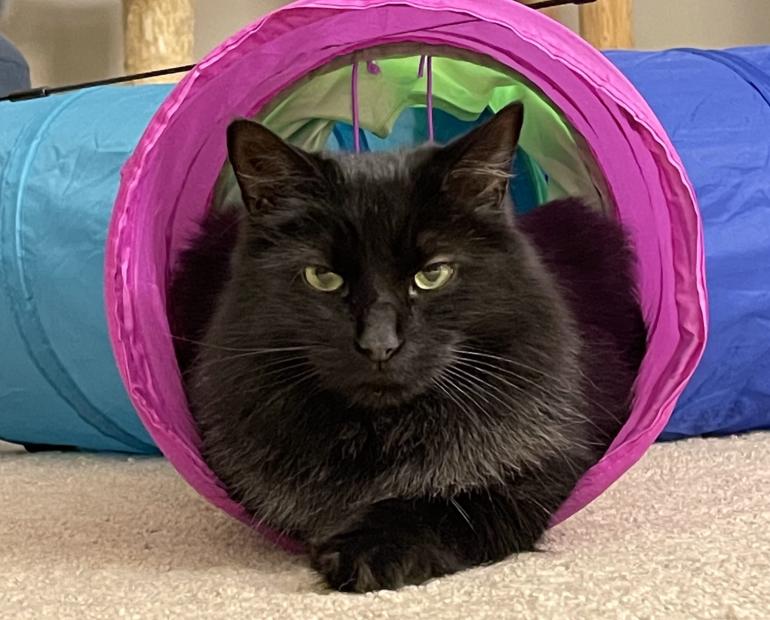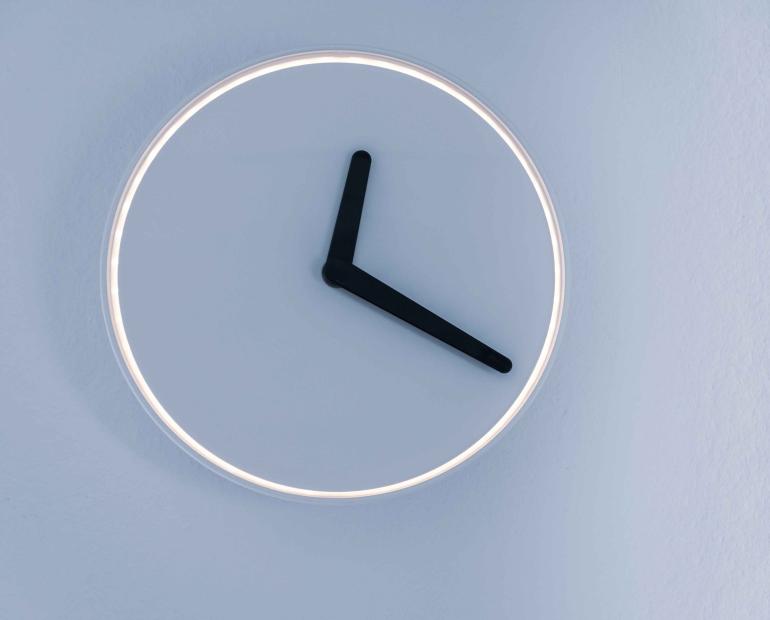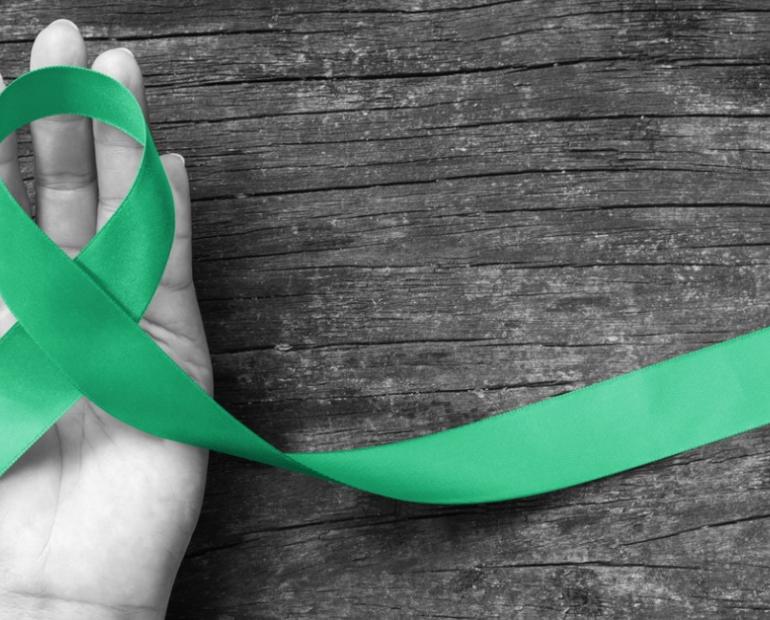
I am a graphic designer from Kharkiv, Ukraine. I usually work with design identities – I create logos and corporate style, but I discovered that working on projects is something that really drives me. So, although the war challenges us every day, I was able to create the Teenager Island project, together with the team within the UPSHIFT program.
During its implementation, I realized that my strength is that I keep moving and implementing ideas, despite everything. And my strength is in helping others. After all, the goal of our project is to help Ukrainian teenagers improve their psychological condition. To achieve this, we have created a Discord server where we offer psychological consultations, training for teenagers, and games. There is also a podcast, in which we discuss teenage problems with psychologists – for example, the loss of loved ones due to the war.
In order to stay strong, not hurt myself and not burn out, I use several tools.
One of these is the SMART approach (Specific, Measurable, Achievable, Relevant, Time-bound), which even helps me in my personal life - something UPSHIFT taught me. I also set goals for the year, month, week, and day. This greatly improves my motivation and understanding. But if I don't have the strength to plan, then I don't make a plan and I don't punish myself for it, and I am happy even for the little things that I have done. For example, when I make the bed. It could be a trifle, but being grateful to yourself really brings a great profit! In addition, I work on my self-esteem to be bolder and more self-confident. I visit a psychologist and analyze what worries me. And – more importantly – I try to listen to myself to better understand my capabilities and desires. Consultations with a psychologist also help me with this.
At my first appointment, I used the chart of emotions to name them, one by one, and understand whether the emotion fitted my situation or not. Then I used the charts of thoughts. It consists of four columns:
- Date and time when I first felt the emotion/feeling.
- The situation that caused the emotion/feeling.
- Emotion – there can be several names if the feelings are mixed. For example, fear, embarrassment, confusion, and uncertainty.
- Automatic thoughts in this situation. For example: “Why am I so careless?”
Understanding this process helps. First, the thought comes, and then we color it with an emotion. Sometimes this happens in just a few seconds and it is not immediately possible to notice toxic thoughts. But it still takes the strength away. So this chart helps me pay attention to my thoughts and feelings, and in similar situations in the future, it will be easier to control my condition.
The last important thing I do to keep myself in good shape is my fulfillment as a leader in the project that my team and I created as part of the UPSHIFT program, as well as my constant self-development. To do this, I analyze myself and do check-ins with the team every month. We discuss how everyone feels, who needs what, what mistakes were made, and how to correct them next time. Also, together with the team, after each stage of the project, we do a retrospective session. This helps us (including me) clear the work environment and feel safe in the team. And, of course, I attend various training courses on leadership, project management, and grant activities.
This is what really helps in the long run to maintain my inner strength.







